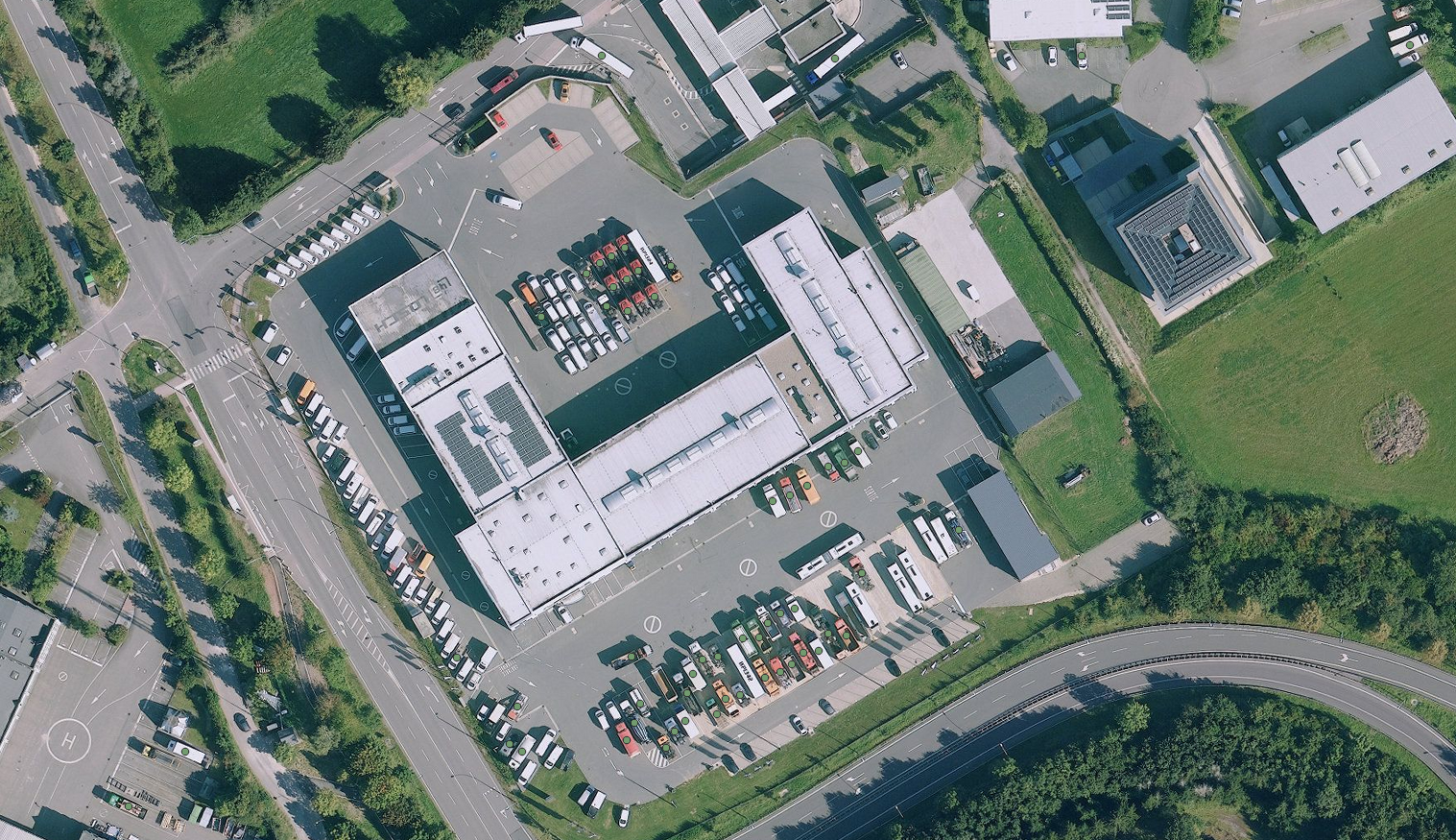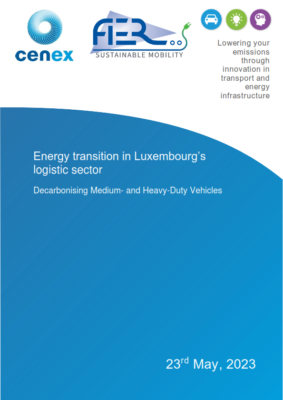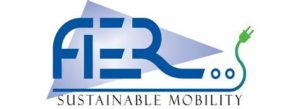

Energy Transition in Luxembourg’s Logistic Sector Report
Resource
Summary
Medium and Heavy-duty diesel vehicles (MHDVs) contribute significantly to greenhouse gas emissions, pollution, and adverse health impacts. To reduce emissions, governments around the world are transitioning away from diesel MHDVs and toward zero emission MHDVs. In order to reduce the greenhouse gas emissions, it is necessary to shift from HDVs to alternative fuel-based vehicles.
Luxembourg’s road freight sector, like all sectors of the economy, needs to reduce its carbon footprint over the next decade if it is to succeed in the energy transition. In Luxembourg, road freight transportation is an integral part of commercial, industrial, and logistical activities. It is essential to reduce CO2 emissions from road freight transport while maintaining the competitiveness of the companies involved, so that the government’s CO2 emissions targets can be reached.
Key Points
Cenex and FIER were appointed to carry out a study to inform the transition of road freight towards zero CO2 emissions. The main objectives of the study were to provide input into:
- The current and future (up to 2030) market availability for zero and low emission MHDVs
- The cost performance of zero and low emission N2 and N3 alternatives to Internal Combustion Engine (ICE) technology, from a Total Cost of Ownership (TCO) perspective that includes costs for associated energy infrastructure provision
- The potential need to design an aid scheme for N2 and N3 vehicles based on the above economic performance factors in addition to operational suitability
- The need for charging and refuelling infrastructure to be deployed at a site-level (e.g. depots, warehouses, logistics sites, etc) to inform the planning of grid re-enforcement and/or hydrogen (H2) generation and distribution where required

